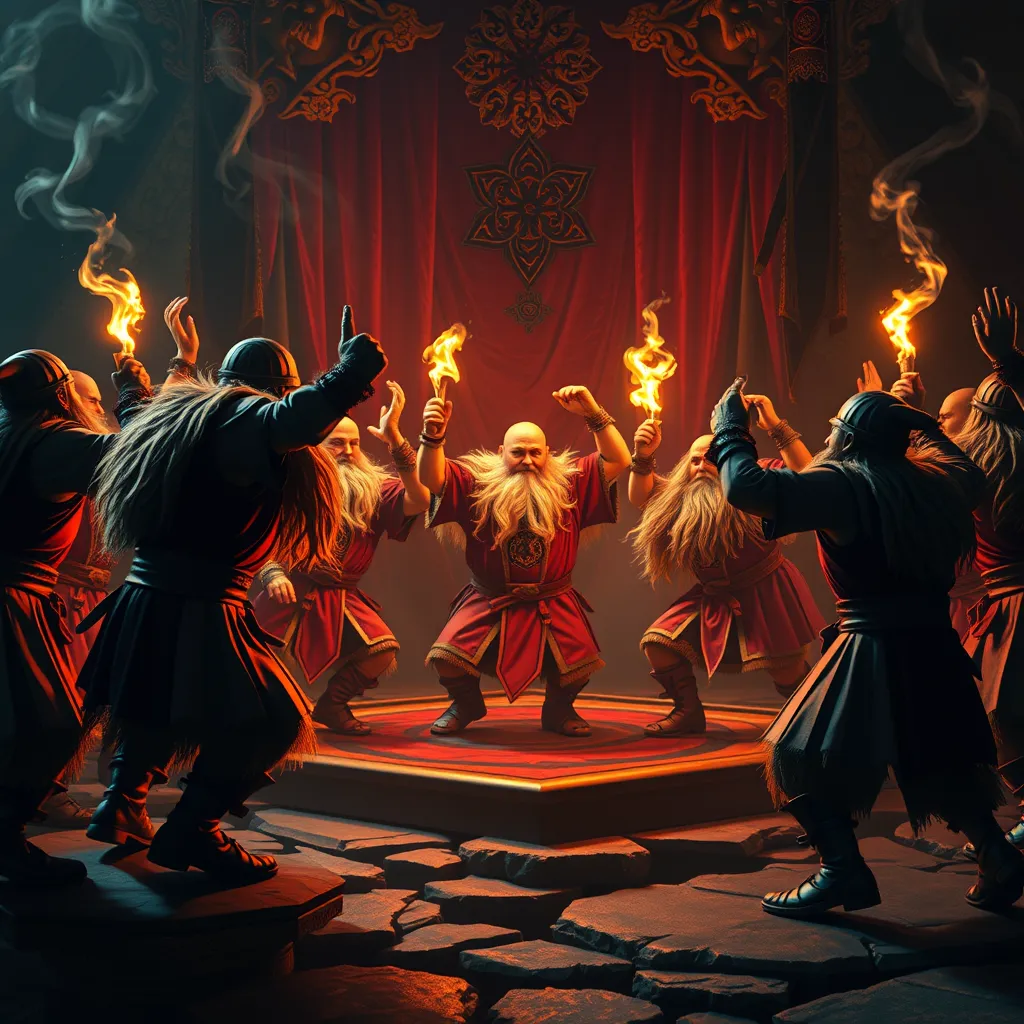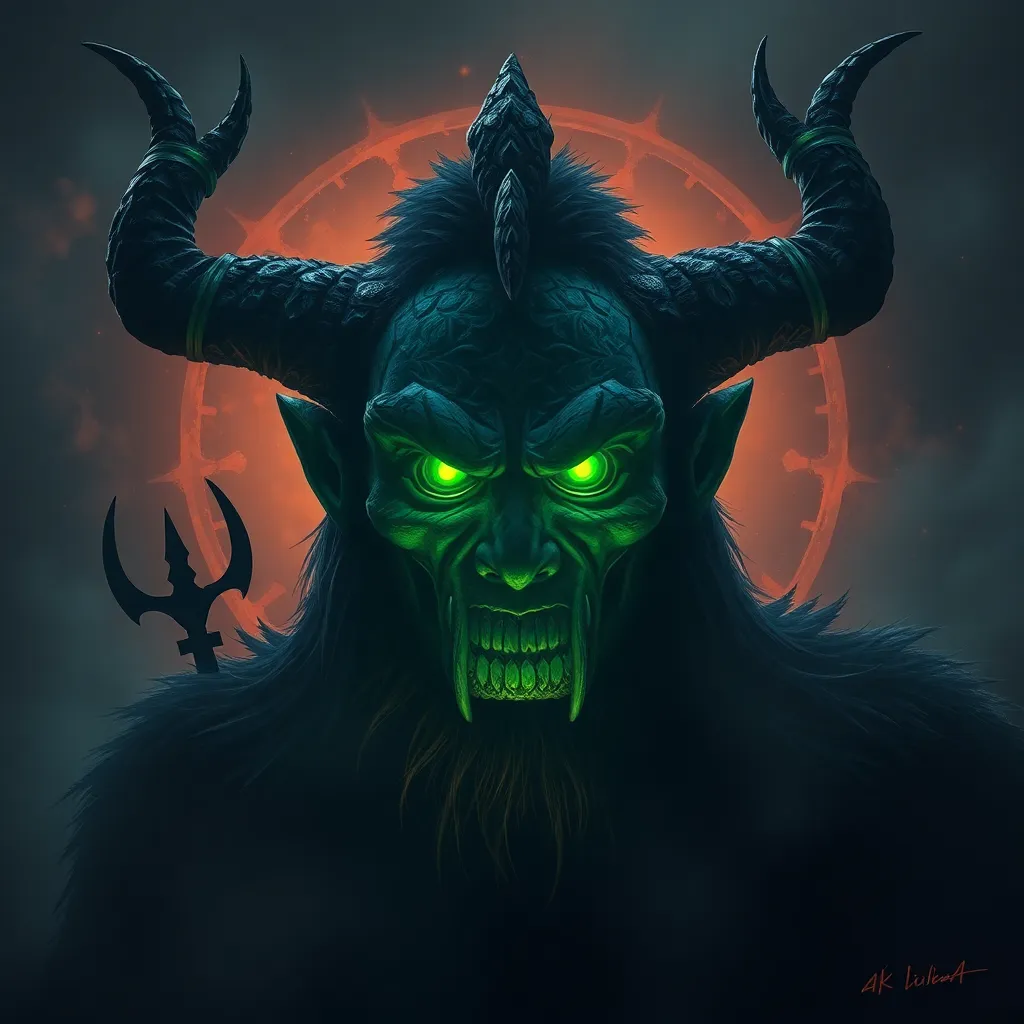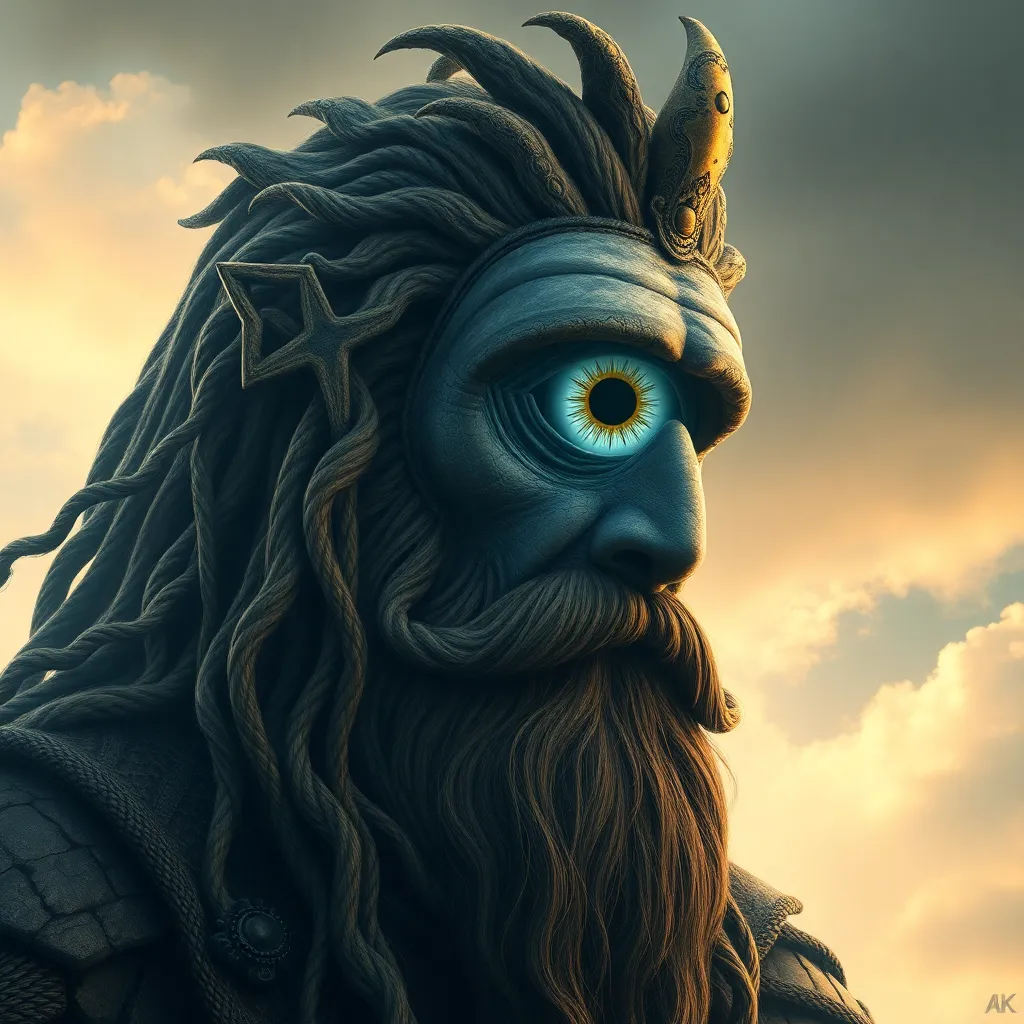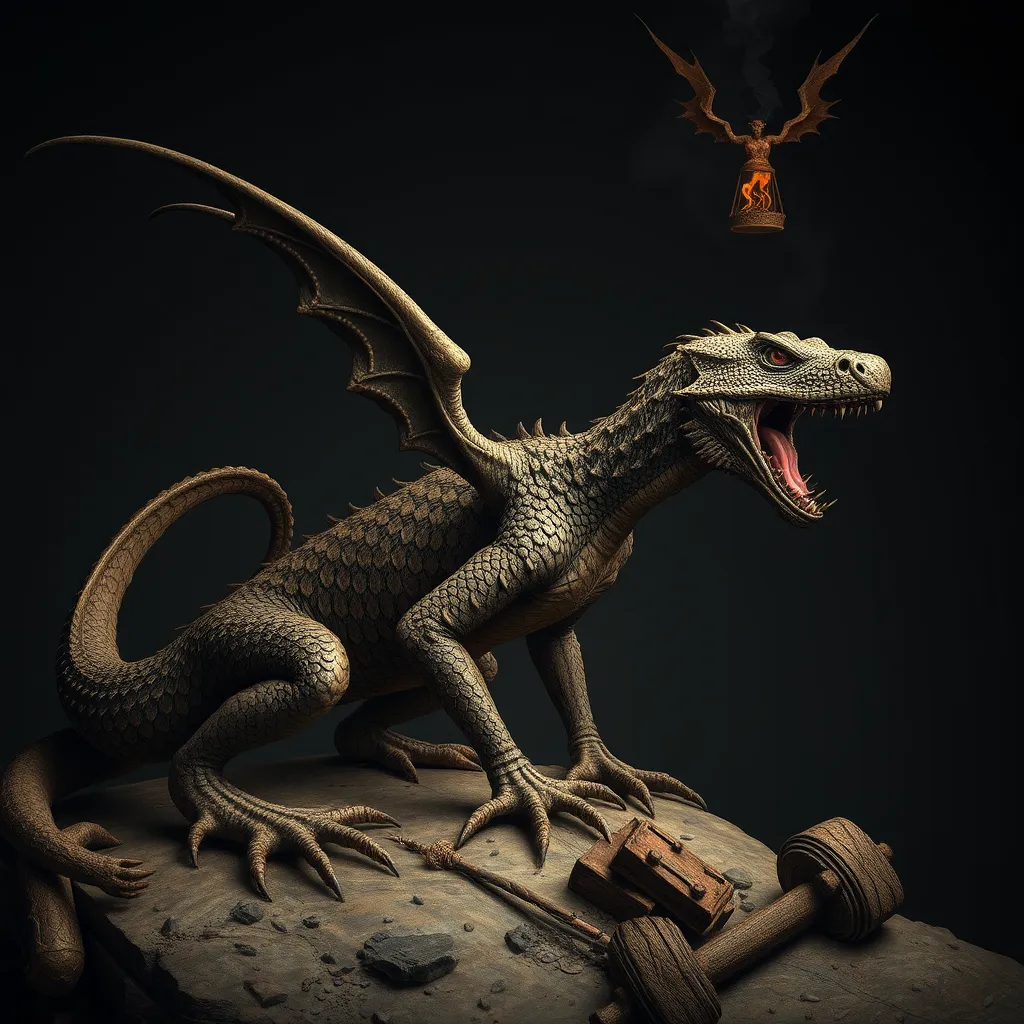The Dwarven Dance: Unveiling the Rhythms and Rituals of Dwarf Traditions
I. Introduction to Dwarven Culture
Dwarven culture is rich and multifaceted, steeped in history and tradition. Known for their exceptional craftsmanship, sturdy builds, and deep connection to the earth, Dwarves hold a significant place in fantasy lore. Their societies are often depicted as industrious and community-oriented, with a strong emphasis on kinship and heritage.
Among the many forms of cultural expression, dance plays a vital role in Dwarven communities. It serves not only as a means of artistic expression but also as a crucial element in community bonding, allowing Dwarves to celebrate their shared history and values.
II. Historical Roots of Dwarven Dance
The origins of dance in Dwarven culture can be traced back to ancient rites and ceremonies that marked significant events in their history. These dances were often performed during harvest festivals, communal gatherings, and important milestones in the Dwarven calendar.
Dwarven dance has been influenced by various ancient traditions, as well as by interactions with neighboring cultures. The rugged landscapes they inhabit fostered a unique style of dance that reflects both their environment and their communal values.
III. Types of Dwarven Dances
A. Ceremonial dances: Celebrations and rituals
Ceremonial dances are an integral part of Dwarven festivities, often performed during significant events such as weddings, births, and memorials. These dances are characterized by their formal structure and are often accompanied by traditional music that enhances their emotional resonance.
B. Social dances: Community gatherings and festivals
Social dances are lively and engaging, bringing together Dwarves of all ages during community events and festivals. These dances foster a sense of unity and joy, encouraging participation regardless of skill level.
C. Work-related dances: Celebrating craftsmanship and labor
Dancing is also a way to celebrate the hard work of Dwarven craftsmen. Work-related dances often incorporate movements that mimic the tools and techniques of their trades, serving as a tribute to their skills and dedication.
IV. Musical Elements of Dwarven Dance
A. Instruments commonly used in Dwarven music
The musical landscape of Dwarven dance is rich with traditional instruments. Commonly used instruments include:
- Dwarven drums: Providing a strong rhythmic foundation.
- Flutes: Adding melodic elements that enhance the dance.
- Lutes: Often accompanying vocal performances during dances.
- Bagpipes: Bringing a unique sound that resonates in large gatherings.
B. The significance of rhythm and melody in dance
Rhythm is the heartbeat of Dwarven dance, guiding the movements and steps. Melodies often reflect the mood of the dance, whether it’s celebratory or somber, allowing dancers to express a range of emotions through their movements.
V. Symbolism and Themes in Dwarven Dance
A. Common motifs and messages conveyed through dance
Dwarven dances often incorporate symbolic motifs that reflect their values, such as:
- Strength: Movements that emphasize power and resilience.
- Unity: Group formations that illustrate community bonds.
- Heritage: Dances that tell stories of ancestors and traditions.
B. The relationship between dance and Dwarven mythology
Many Dwarven dances are intertwined with their mythology, often depicting legendary heroes, great battles, or the creation of their world. These narratives serve to educate younger generations and preserve their rich history.
VI. The Role of Dance in Dwarven Storytelling
A. Dance as a medium for preserving history and legends
Through dance, Dwarves are able to preserve their history and legends in a dynamic and engaging manner. The physicality of dance allows stories to transcend generations, ensuring that the past is never forgotten.
B. Integration of dance in oral traditions and storytelling
Dance is often integrated into oral storytelling, where dancers illustrate the tales being told. This combination of movement and narrative enhances the overall experience and helps to solidify the importance of these stories within the culture.
VII. Contemporary Interpretations of Dwarven Dance
A. Modern adaptations and performances in popular culture
In recent years, Dwarven dance has found its way into popular culture, with adaptations appearing in films, games, and stage performances. These interpretations often blend traditional elements with modern choreography, appealing to new audiences while paying homage to the roots of Dwarven dance.
B. The impact of globalization on traditional Dwarven dance
Globalization has introduced new influences into Dwarven dance. While some traditional aspects remain intact, contemporary Dwarven dancers often experiment with fusion styles, blending their heritage with elements from other cultures. This evolution has sparked discussions on authenticity and cultural preservation.
VIII. Conclusion: The Enduring Legacy of Dwarven Dance
The enduring legacy of Dwarven dance is a testament to the importance of cultural traditions in fostering community identity and belonging. As Dwarves continue to celebrate their rich history through dance, it is crucial to preserve these traditions for future generations.
Dance in the Dwarven world is not merely a form of entertainment; it is a vital expression of their values, history, and communal spirit. As we explore the depths of Dwarven culture, we are reminded of the universal power of dance to connect us to our roots and to each other.




